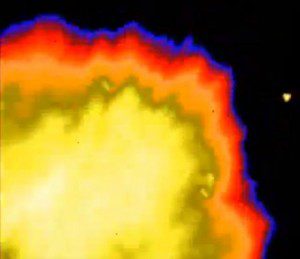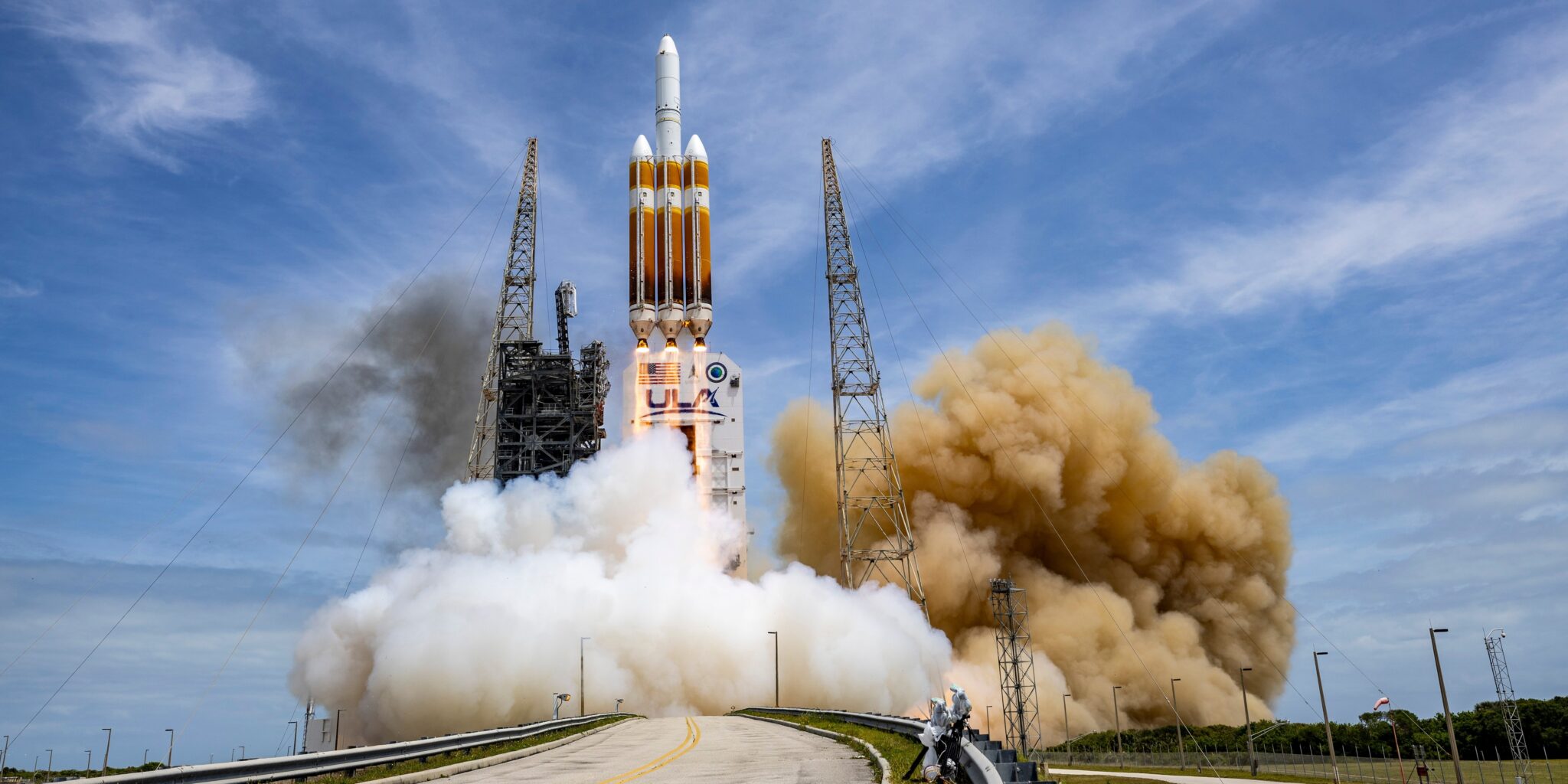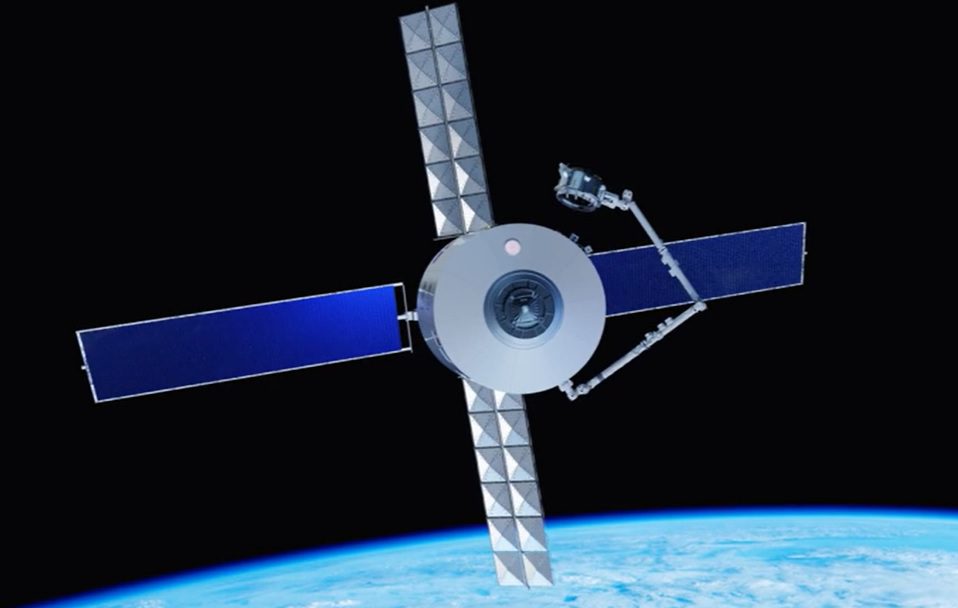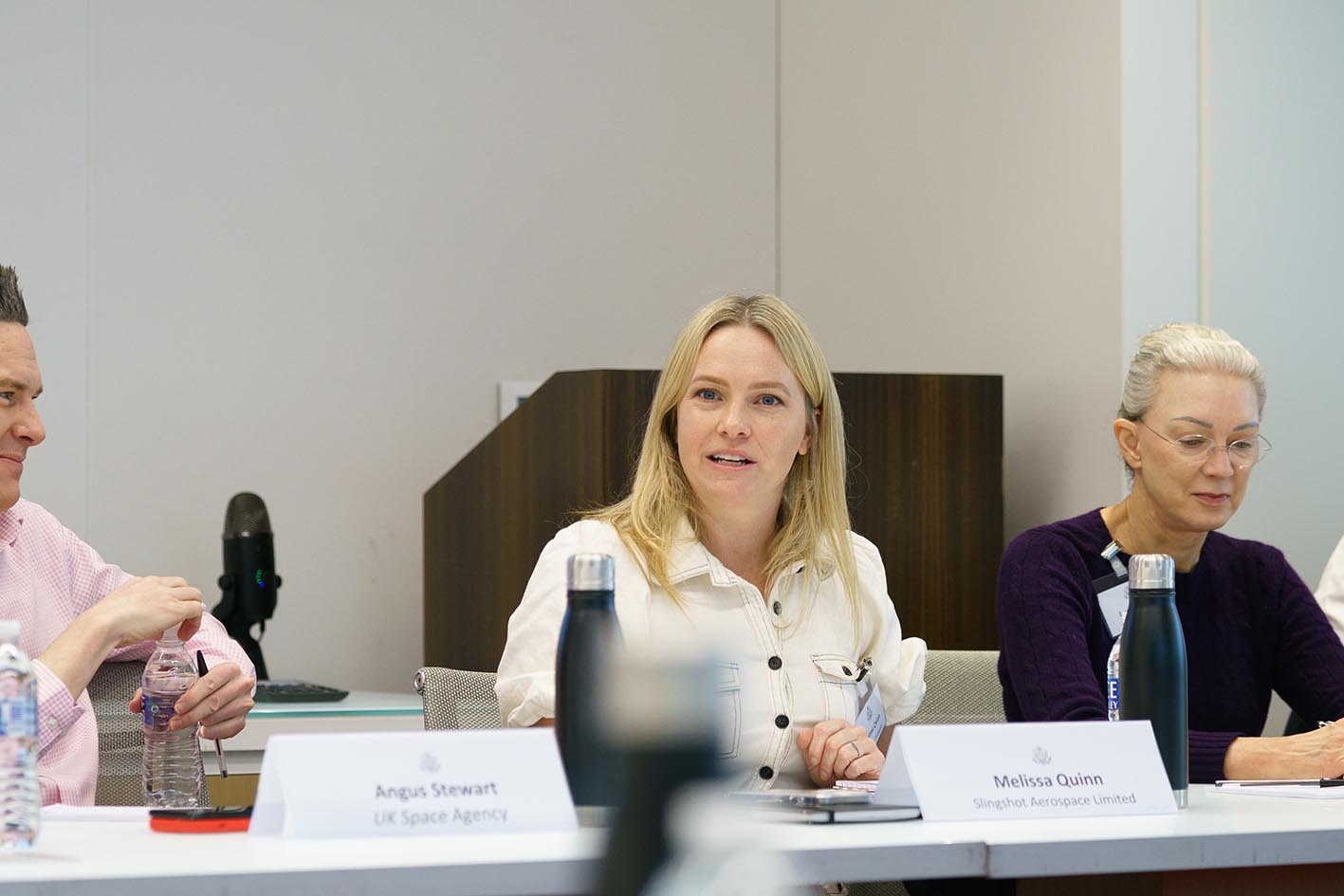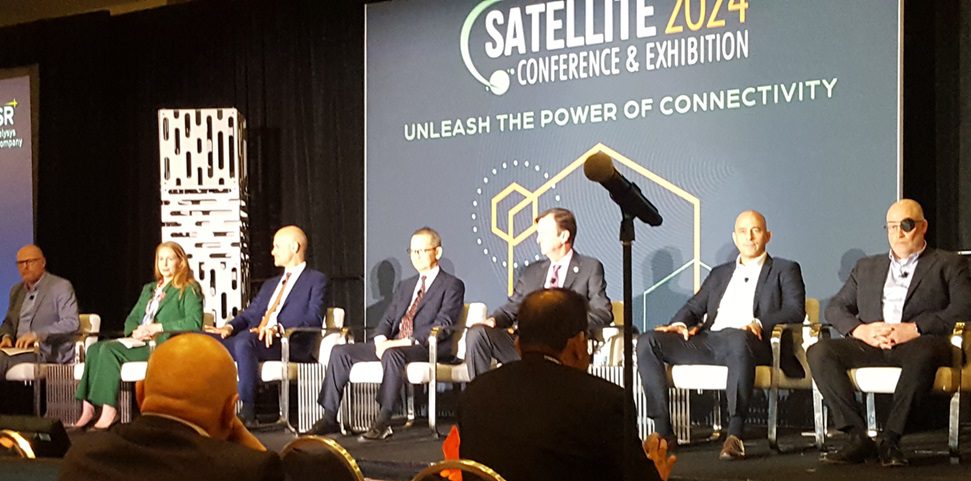During his recent address to the United Nations in New York, US President Donald Trump said of North Korea’s nuclear armed ballistic missile programme: “The United States has great strength and patience, but if it is forced to defend itself or its allies, we will have no choice but to totally destroy North Korea.” Before adding: “Rocket man is on a suicide mission for himself and for his regime,” referring to leader Kim Jong-un.
Newswires reported that in response to this speech, North Korea threatened a new ballistic missile launch, which would also include a thermonuclear (Hydrogen bomb) weapon test over the Pacific. North Korean foreign minister Ri Yong-ho reportedly made comments to this effect while at the UN.
It is feared that such a test would cause a major escalation in the region and might provoke a retaliatory response from the USA. But there are more direct concerns that any such explosion could cause blast damage and radioactive fall-out that would endanger humans, as well as an electromagnetic pulse that could damage electrical and electronic systems.
Comment by David Todd: To avoid damaging human life, such a North Korean above-ground nuclear test, if it does occur, is likely to be at high altitude like the US Starfish Prime nuclear weapon’s test explosion, which took place over the Pacific on 9 July 1962. The Starfish-Prime 1.4 MT explosion could be seen from Hawaii. Its resulting beta particle radiation damaged one third of all of the satellites that were in low Earth orbit at the time (Seradata SpaceTrak records 15 active satellites in LEO at the time of the explosion). While satellites are undoubtedly better protected nowadays, there are many more active satellites in LEO (Seradata SpaceTrak records over 1,000). As such Space insurers and satellite operators would be wise to check whether a nuclear test would be covered by “war risk” exclusions in their polices.
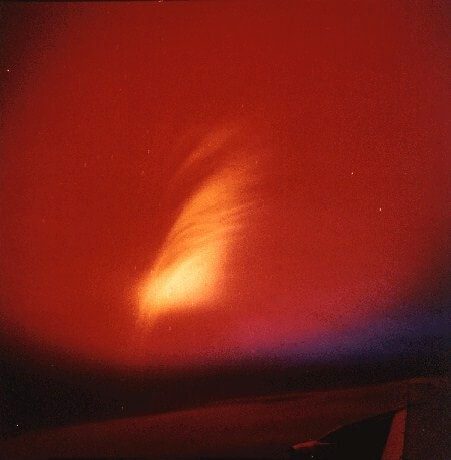
Post explosion Starfish Prime nuclear test debris in upper atmosphere as imaged from an aircraft in July 1962. Courtesy: US Air Force


